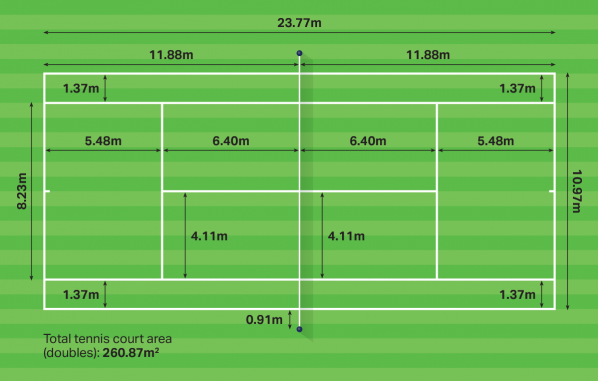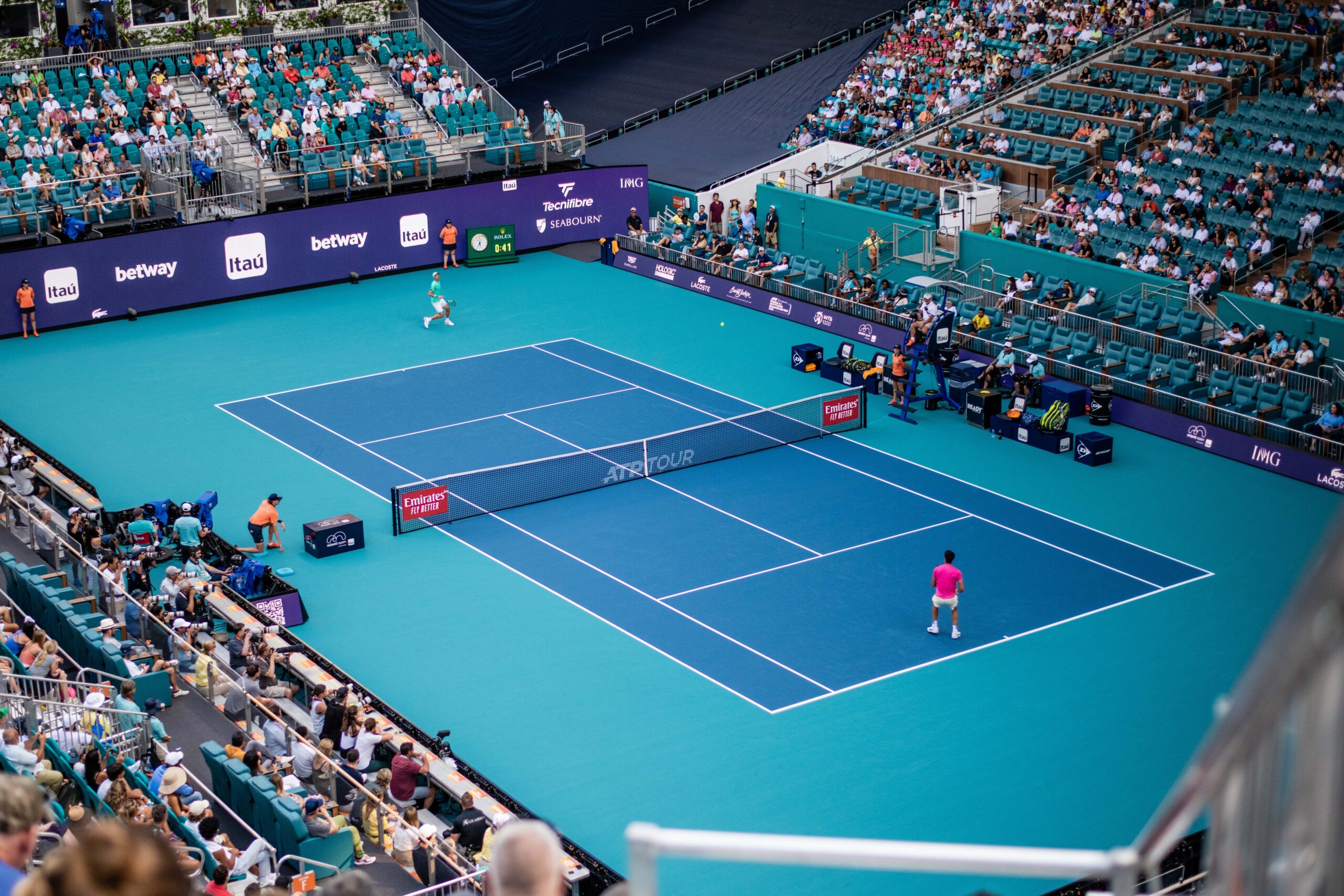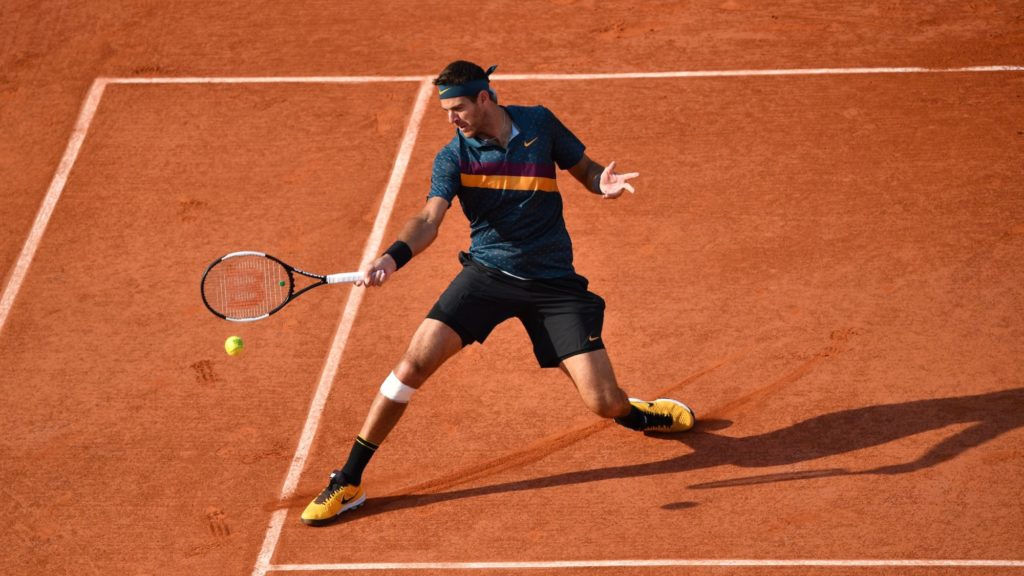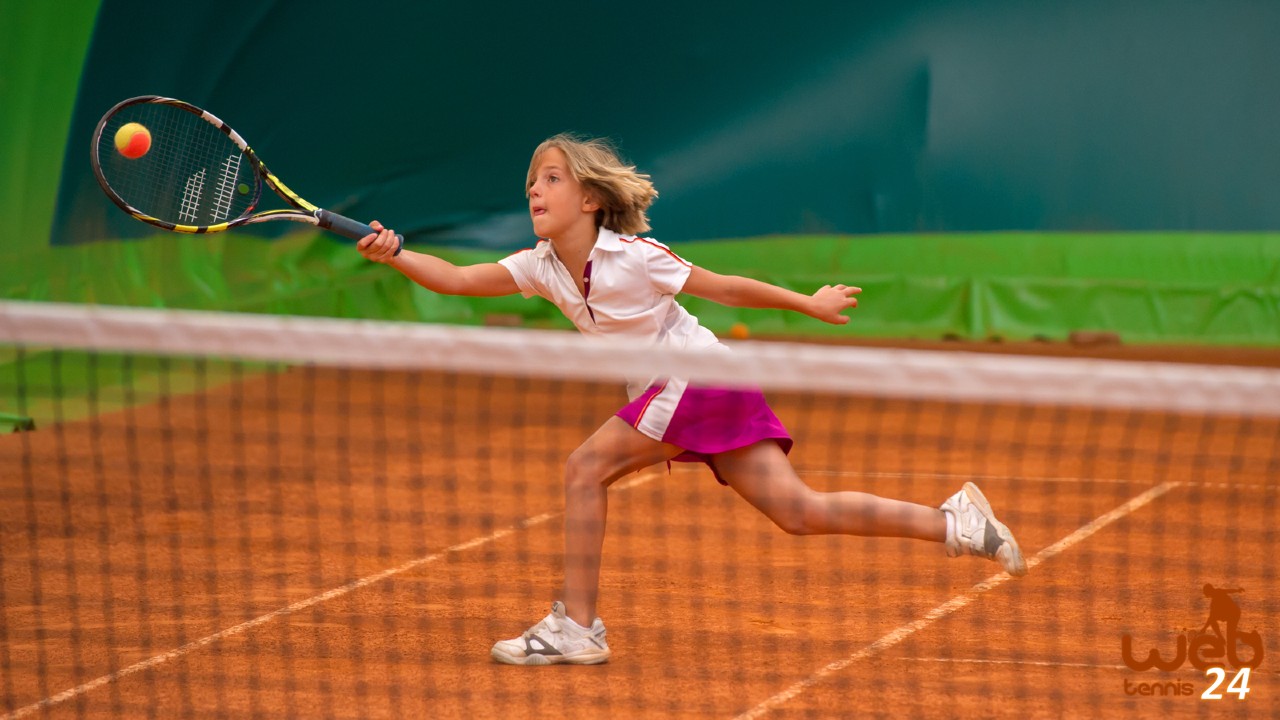Introduction
Tennis is a sport that requires precision, strategy, and skill, but before you step onto the court, it’s essential to understand the tennis court dimensions. Whether you’re a beginner looking to improve your game, a coach setting up training sessions, or even someone considering building a court, knowing the correct measurements will ensure you play by the rules and make the most of your time on the court.
The dimensions of a tennis court are standardized by the International Tennis Federation (ITF) to maintain consistency across tournaments, training sessions, and recreational play. These measurements not only impact the way the game is played but also influence the strategies players use. From the service boxes to the baseline, every part of the court has a specific role in shaping the flow of a match.
In this guide, we will break down everything you need to know about tennis court dimensions, including singles and doubles court sizes, net height, court markings, and even the variations in different surfaces. By the end, you’ll have a complete understanding of how court size affects gameplay and how to use this knowledge to your advantage.
Standard Tennis Court Dimensions:
A full-sized tennis court has specific measurements set by the International Tennis Federation (ITF). These dimensions ensure fair play, whether for singles or doubles matches. Here’s what you need to know:
1.Overall Court Size:

- Length: 78 feet (23.77 meters)
- Width (Singles): 27 feet (8.23 meters)
- Width (Doubles): 36 feet (10.97 meters)
- Total Playing Area: Around 2,808 square feet for singles and 3,888 square feet for doubles.
- Recommended Clearance: At least 12 feet (3.66 meters) behind the baseline and 6 feet (1.83 meters) on the sides.
2.Net Height:
- At the Center: 3 feet (0.91 meters)
- At the Posts: 3 feet 6 inches (1.07 meters)
- Net Width: 42 feet (12.8 meters), spanning across the entire court with posts positioned 3 feet outside the doubles sideline.
3.Service Boxes:
Each side of the court has two service boxes:
- Depth: 21 feet (6.4 meters)
- Width: 13.5 feet (4.11 meters)
4.Baseline & Sidelines:
- Baseline: The back boundary of the court, running parallel to the net.
- Singles Sideline: Marks the boundary for a singles match.
- Doubles Sideline: Extends the playing area for a doubles match.
- Center Mark: A small 4-inch mark at the middle of the baseline used for service positioning.
Why Are Tennis Court Dimensions Important?
Tennis court dimensions are designed to create a fair and balanced game. Here’s why they matter:
- Consistency: Ensures the same playing conditions worldwide.
- Strategic Play: Helps players position themselves effectively.
- Rule Adherence: Avoids disputes and maintains official match standards.
- Player Movement: The court size affects how players approach their shots, footwork, and overall gameplay.
Types of Tennis Courts and Their Sizes:
While standard courts follow ITF regulations, some courts may have slight variations. Here are the most common types:
1. Hard Courts:

- Made of concrete or asphalt with an acrylic layer.
- Standard ITF dimensions apply.
- Common in professional tournaments like the US Open and Australian Open.
- Provides a consistent and medium-paced game.
2. Clay Courts:
- Surface composed of crushed brick, stone, or shale.
- Slight variations in tennis court dimensions due to surface maintenance.
- Slower gameplay, suitable for baseline rallies.
- Famous in the French Open (Roland Garros).
3. Grass Courts:
- Traditional courts like Wimbledon.
- Often slightly different in size due to grass wear.
- Faster surface, favoring serve-and-volley players.
- Requires high maintenance to keep the grass even and playable.
4. Mini & Junior Tennis Courts:
- 10 & Under Courts: Smaller sizes for kids’ training.
- Red Court (36’ x 18’) for ages 8 and under.
- Orange Court (60’ x 21’) for ages 9-10.
- Pickleball/Tennis Hybrid Courts: Modified for casual play, sometimes sharing dimensions with a pickleball setup.
Understanding Court Markings
Tennis courts have multiple lines that define different play areas. Let’s break them down:
1. Baseline:
- The back boundary where players serve.
- Standing beyond the baseline results in a fault.
- Players must stay behind this line while serving.
2. Service Lines:
- Divide the tennis court into service boxes.
- Serve must land within the correct box.
3. Center Service Line:
- Separates left and right service boxes.
- Helps in positioning for serves.
- Runs perpendicular to the net.
4. Doubles Alleys:
- The extra area on both sides for doubles matches.
- In singles, shots landing here are out of bounds.
5. No-Man’s Land (Midcourt Area):
- The space between the service line and baseline.
- Avoid standing here for too long during rallies.
Conclusion
Understanding tennis court dimensions is key whether you’re a beginner, player, or planning to build a court. The standard measurements ensure fair play, while different surfaces and court types add variety to the game. By following the right tennis court dimensions and maintenance tips, you’ll always be ready to enjoy the sport.



0 Comments